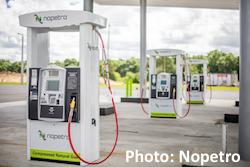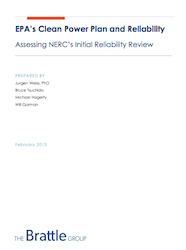Pacific Gas and Electric Company (PG&E) has asked California state regulators for approval to build out a 25,000 electric vehicle (EV) network throughout Central and Northern California. If approved, PG&E said this program will be the largest deployment of EV charging stations in the country.
The chargers would be located at commercial and public locations, including multi-family dwellings, retail centers and business parking lots. Approximately 10 percent of the chargers would be installed to support disadvantaged communities. PG&E would also provide tools and educational materials for site hosts and customers to learn about the benefits of EVs.
 “Our proposed build-out of EV charging infrastructure aims to accelerate customer adoption of clean, quiet, and efficient plug-in vehicles by reducing lingering range anxiety. It reflects our commitment to helping the state of California meet its critical clean air and greenhouse gas emissions reduction goals by promoting cleaner transportation,” said Tony Earley, chairman, president, and CEO of PG&E Corporation.
“Our proposed build-out of EV charging infrastructure aims to accelerate customer adoption of clean, quiet, and efficient plug-in vehicles by reducing lingering range anxiety. It reflects our commitment to helping the state of California meet its critical clean air and greenhouse gas emissions reduction goals by promoting cleaner transportation,” said Tony Earley, chairman, president, and CEO of PG&E Corporation.
He continued, “By supporting market acceptance of electric vehicles, it should create tremendous new opportunities for other infrastructure and technology companies, help keep California in the forefront of EV innovation, and create new jobs in local communities across Northern and Central California.”
More than 60,000 plug-in electric vehicles are currently registered in PG&E’s service area, which represents more than a fifth of all EVs in the U.S. The Governor’s Office has called for 1.5 million zero-emission vehicles in California by 2025 to help meet the state’s ambitious goal of reducing greenhouse gas emissions 80 percent below 1990 levels by 2050. To support that plan, industry models suggest that PG&E’s service area will need about 100,000 Level 2 chargers in public locations by 2020.
All of the 25,000 stations PG&E proposes to build would have Level 2 chargers, which provide up to 25 miles of range for every hour of charging. To support travel between metropolitan areas, PG&E would also install at key locations 100 DC fast chargers, which can recharge an EV’s battery in only 30 minutes.









